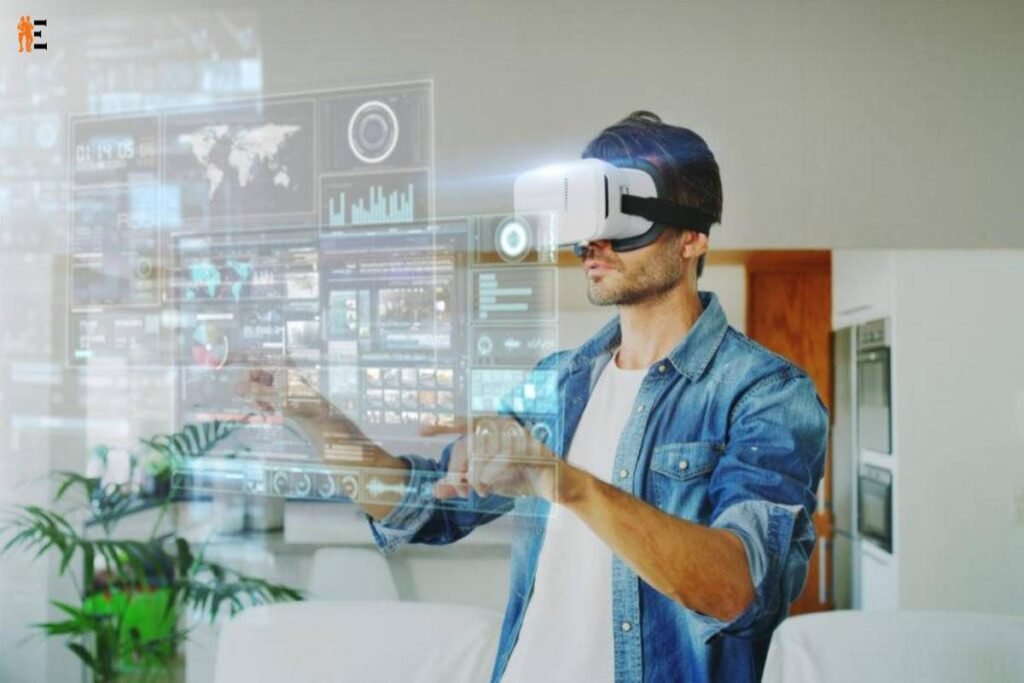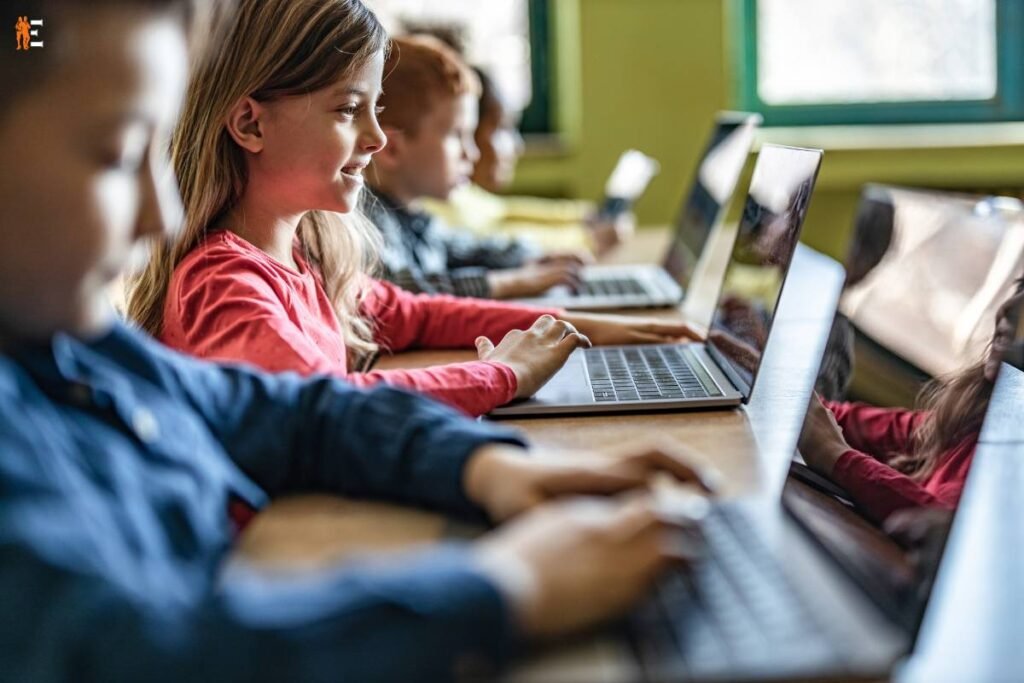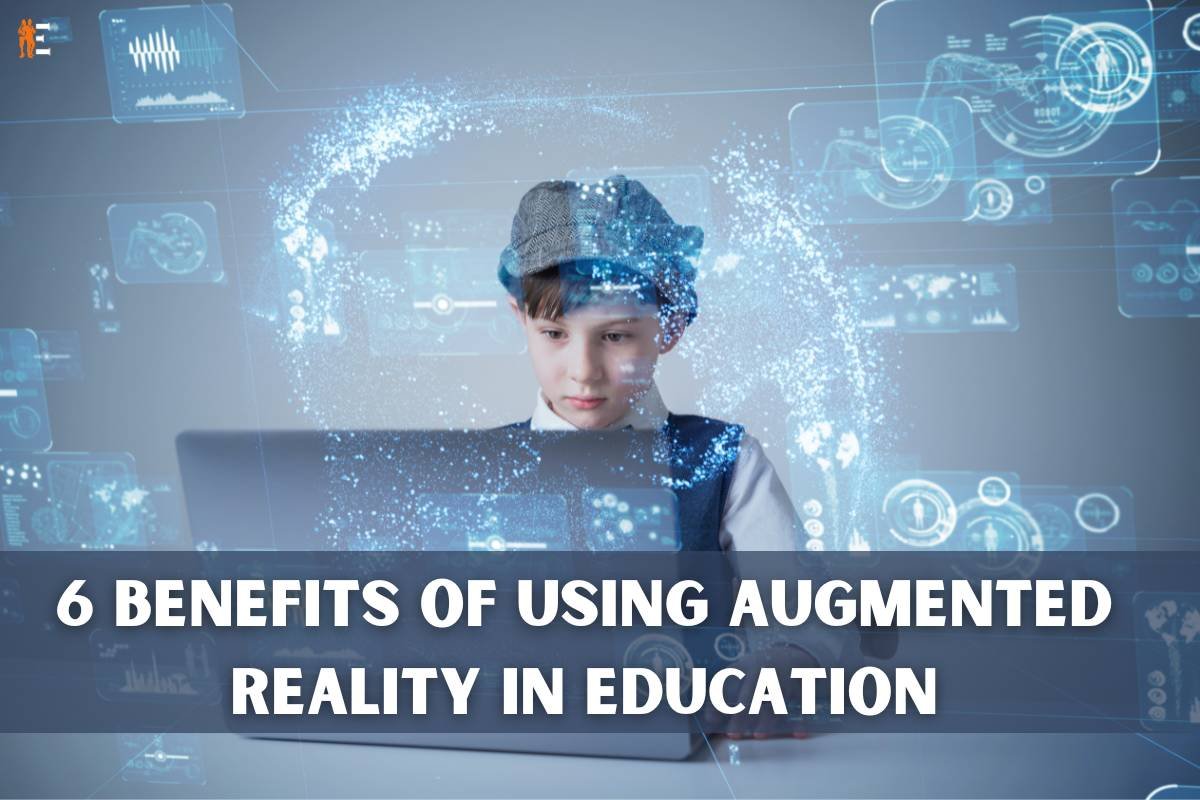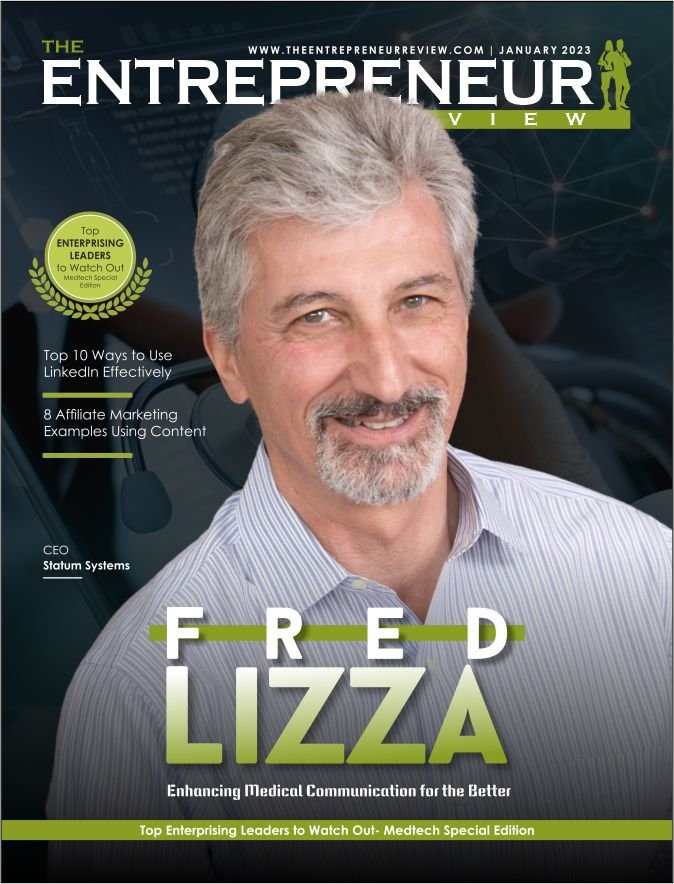Augmented reality in education is most beneficial for students to grasp information as they’ll witness in visual form what they’re being taught. The invasion of this technology in the education sector will make the education landscape surge. This technology will help to make education more interesting and less monotonous. It is as good as on-the-job training as the practicality is hugely increased as the students learn. The school also becomes responsible to train their staff on how to operate the machines in order to keep the tempo maintained of the teaching sessions. The right tools and infrastructure setup is done by schools. In the reality technology aspect, augmented reality in education is one of the most accepted ones.
A camera-like device that is placed on the face of a person which creates images with explanations of the concepts, is one of the best elements. It gives an enhanced experience to the students in order to grasp the taught concepts.
Here we highlight 6 Benefits of Using Augmented Reality in Education:
1. Enhanced Understanding of Complex Concepts
Imagine a history class where students are transported back in time, or a biology lesson where they explore the intricacies of the human body in 3D. Augmented reality in education turns these scenarios into reality. By superimposing digital content onto the physical world, AR helps students grasp complex concepts with unprecedented clarity. Abstract ideas come to life, making learning more engaging and memorable. Whether it’s visualizing the solar system or deconstructing mathematical theorems, AR bridges the gap between theory and practice, fostering a deeper understanding that goes beyond textbooks.
2. Immersive Learning Environments

Traditional education often struggles to engage students in a world brimming with digital distractions. Augmented reality in education breathes life into classrooms by creating immersive learning environments. With AR, textbooks evolve into interactive experiences, and lectures turn into captivating journeys of exploration. By combining the virtual and physical realms, AR captivates students’ attention and sparks their curiosity, making learning a delightful adventure rather than a mundane task.
3. Personalized Learning Experiences
Each student possesses a unique learning style and pace. Augmented reality in education caters to these individual differences by enabling personalized learning experiences. AR applications can adapt content based on students’ progress and preferences, ensuring that everyone absorbs information in a way that resonates with them. This tailored approach empowers educators to cater to diverse needs, promoting inclusivity and enhancing overall learning outcomes.
4. Career Preparation and Exploration
The integration of augmented reality in education extends beyond the classroom walls, offering students invaluable career preparation and exploration opportunities. AR can simulate real-world scenarios relevant to various industries, allowing students to gain practical skills and insights before they even enter the workforce. From medical students practicing surgical procedures to architecture students designing virtual buildings, AR blurs the line between academia and profession, providing a glimpse into potential career paths.
5. Opening Doors to Creativity

Creativity is a cornerstone of education, and augmented reality amplifies this aspect by unleashing students’ artistic potential. AR applications enable learners to craft digital art, design interactive stories, and build virtual worlds. This not only hones their creative skills but also encourages them to think critically and problem-solve in innovative ways. By integrating AR into art and design curricula, schools foster a new generation of creators who can navigate the evolving landscape of digital expression.
6. Trends and Innovations in Education
The adoption of augmented reality in education sets a precedent for the future of learning. As this technology continues to evolve, it’s expected to drive a host of trends in education. Virtual field trips, global collaboration through AR-enhanced communication tools, and gamified learning experiences are just a few examples. Schools are not only embracing AR in their classrooms but are also investing in training their staff to harness its potential effectively.
Adapting Schools and Training Staff for AR Integration
The integration of augmented reality in education requires schools to adapt to new methodologies. Training staff to effectively use AR tools is a crucial step in this process. Educators undergo workshops and professional development sessions to familiarize themselves with AR applications, enabling them to create engaging content and foster a dynamic learning environment. Collaborative learning between educators and students ensures a seamless transition to augmented reality-based pedagogy.
Future-Ready Students: Embracing the Digital Age

The benefits of augmented reality in education extend far beyond the classroom. By nurturing critical thinking, problem-solving, and adaptability, AR equips students with skills that are highly sought after in the modern job market. As industries embrace technology-driven solutions, students who are well-versed in augmented reality stand at the forefront of innovation. This technology not only prepares them for diverse careers but also opens doors to emerging fields that may not even exist yet.
Conclusion:
Augmented reality in education heralds a new dawn in the world of learning. It’s not just about adopting a new tool; it’s about embracing a transformative mindset that enriches education and empowers both educators and students. From immersive experiences to personalized learning, AR is reshaping traditional classrooms into dynamic hubs of exploration and discovery. As the education sector evolves, augmented reality stands as a beacon, illuminating the path toward an inclusive, engaging, and future-ready learning landscape. As educators, students, and innovators alike continue to harness the power of augmented reality, they are setting a course for a brighter, more interactive, and more insightful future in education.











